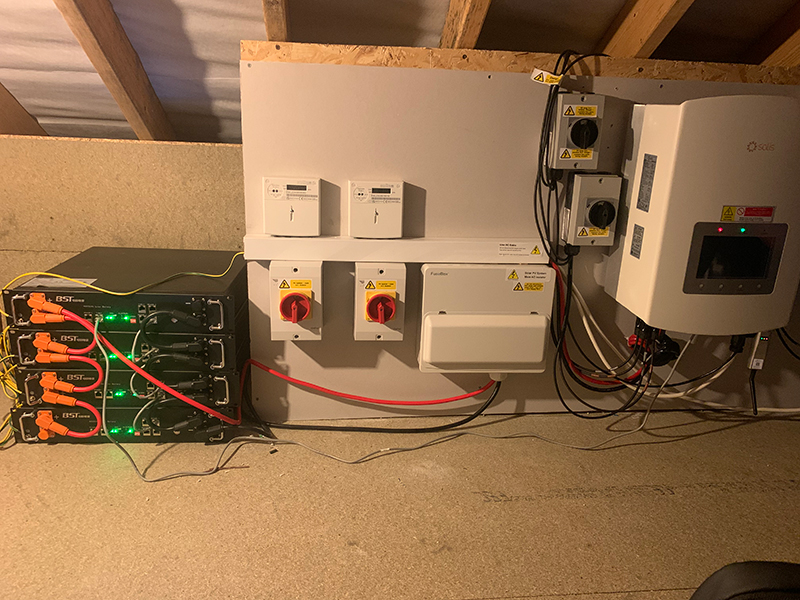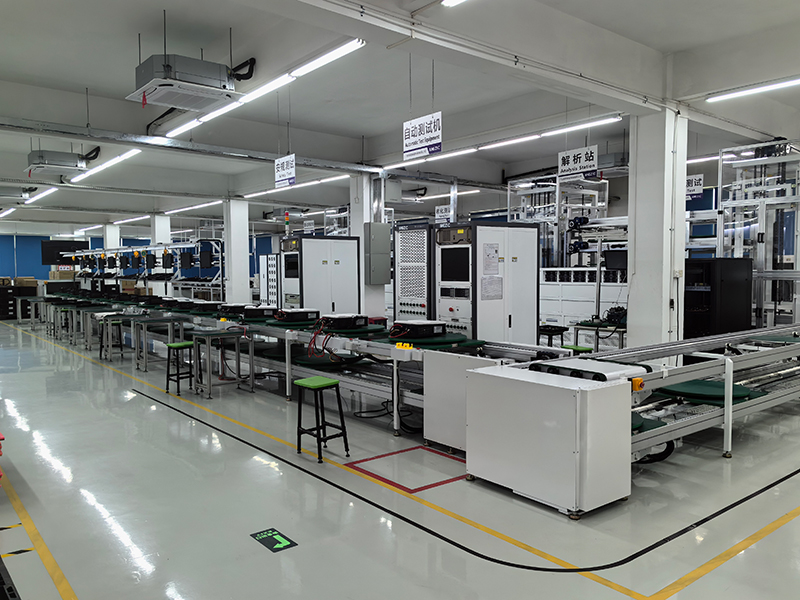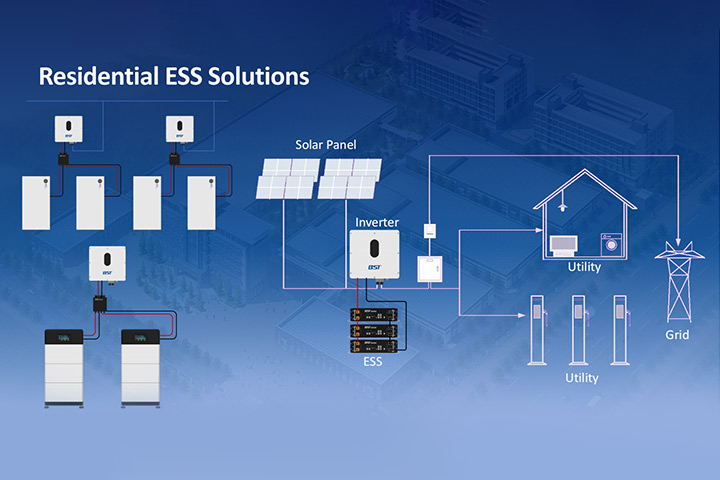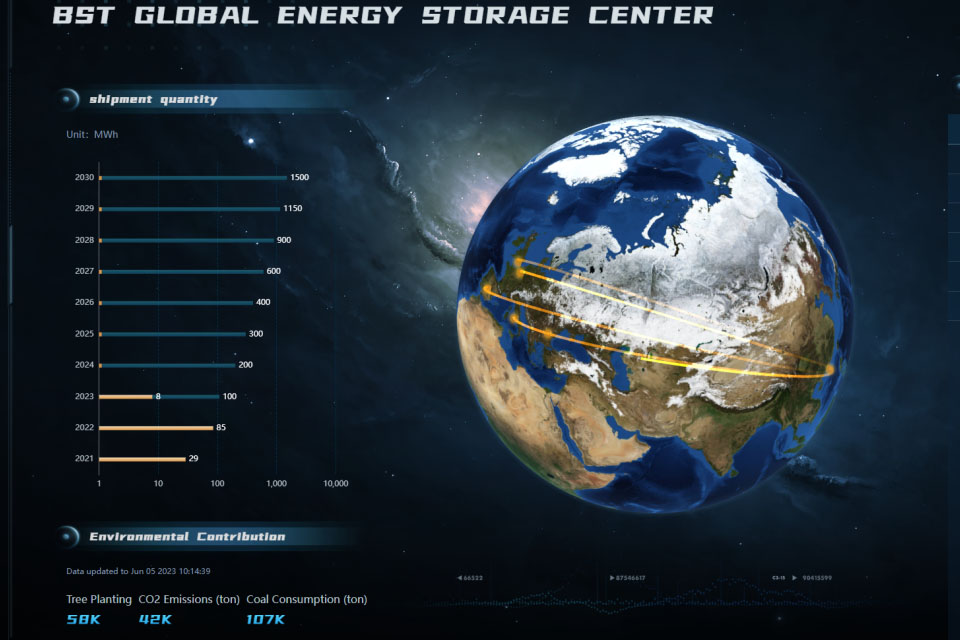As electricity costs rise and grid instability becomes a growing concern, more households are turning to home battery storage systems to reduce energy bills, enhance energy independence, and secure backup power. But choosing the right system isn’t just about picking a battery — it involves several important decisions that can impact performance, safety, return on investment, and long-term usability.

Here are 10 critical things you should know before installing a home battery storage system.
1. Know What a Home Battery Storage System Actually Does
A home battery storage system stores energy for later use. It typically charges from either the electric grid or solar panels, then discharges that energy when needed — during outages, at night, or when electricity prices are high.
Modern systems include not just the battery, but also:
- Battery Management System (BMS)
- Inverter/Charger
- Communication & Monitoring Software
Understanding this structure helps you evaluate what type of system matches your specific needs.
2. Understand Your Energy Consumption Patterns
Before investing, assess how much electricity your household uses daily, and identify your energy priorities:
- Do you want full-home backup or only essential loads (lighting, refrigerator, Wi-Fi)?
- Do you have solar panels and want to store excess energy?
- Are you aiming to reduce grid reliance or just save on peak-hour pricing?
Analyzing your utility bills or installing an energy monitor can help determine the system size you actually need.
3. Battery Chemistry Matters
Different battery types offer different levels of performance, safety, and longevity. The three most common battery chemistries are:
- LiFePO4 (Lithium Iron Phosphate):
- Long cycle life (up to 6,000+ cycles)
- Thermal stability, lower fire risk
- Ideal for residential storage
- NMC (Nickel Manganese Cobalt):
- Higher energy density
- More compact, but shorter lifespan
- Common in electric vehicles
- Lead-Acid (AGM/Gel):
- Lower upfront cost
- Shorter life span, heavier, less efficient
- Better suited for short-term or backup-only needs
For most homeowners, LiFePO4 batteries strike the best balance between safety, longevity, and performance.
4. System Sizing: How Much Storage Do You Really Need?
Battery storage is measured in kilowatt-hours (kWh). A typical household may consume anywhere from 10 to 30 kWh per day, but that doesn’t mean you need to match that with your battery.
Key considerations for sizing:
- Backup Duration: Do you want 4 hours of power or 2 days?
- Charging Sources: Solar only, or also from the grid?
- Usage Prioritization: Whole-house vs. partial backup
- Future Scalability: Can your system be expanded later?
Oversizing wastes money; undersizing limits usability. Accurate load analysis is crucial.
5. Solar Integration: Grid-Tied, Off-Grid, or Hybrid?
If you have or plan to install solar panels, ensure your battery system is compatible.
- DC-coupled systems (solar and battery share an inverter) have higher efficiency
- AC-coupled systems are easier to retrofit
- Hybrid inverters combine both functions and often include grid interaction features
Also, be aware of your region’s policies on net metering, feed-in tariffs, and export limits — they impact system economics significantly.
6. Installation Requirements: Space, Safety, and Compliance
A battery system is not plug-and-play. Professional installation is often required due to:
- Electrical safety and local building codes
- Proper ventilation and fire clearance zones
- Weather protection (especially for outdoor installations)
- Weight and mounting structure (floor-standing or wall-mounted)
Depending on the model, you may need indoor space like a utility room, or outdoor IP65-rated enclosures. Always consult with certified installers to avoid costly mistakes.
7. Connection to the Grid and Local Incentives
Understanding how your battery system interacts with the power grid is essential:
- Will it export power or only supply the home?
- Does your utility company charge fixed or time-of-use rates?
- Is your region supportive of grid-tied systems?
Incentives such as government rebates, tax credits, or low-interest loans may be available in countries like the U.S., Germany, Australia, or the UK. These incentives can significantly reduce upfront costs and improve ROI.
8. Total Cost of Ownership and ROI
Beyond the initial purchase, consider the total cost of ownership:
- Upfront cost (battery, inverter, installation, permits)
- Maintenance or replacement parts
- Monitoring software (free or subscription-based)
- Electricity savings and grid offset
Payback periods typically range from 5 to 10 years, depending on energy rates, solar integration, and system size. Batteries with longer cycle lives and smart features often offer better long-term value.
9. Product Certification and Safety Standards
Quality and compliance are non-negotiable when dealing with lithium batteries. Always verify that your battery system meets:
- UL 9540 / UL 1973 (North America)
- IEC 62619 / CE / UN38.3 (Europe/Asia)
- Fire and grid interconnection codes specific to your region
Certified systems not only ensure safety but also qualify for most local incentive programs and reduce liability risks.
10. Maintenance, Monitoring, and Warranty
Home batteries are generally low-maintenance, especially lithium models. Still, consider:
- Remote monitoring via apps or web dashboard
- Firmware upgrades for smart functions and grid interaction
- Warranty coverage — ideally 10 years or 6,000 cycles
- Support availability in your local region
Invest in systems that offer transparent performance tracking and strong customer support — especially if the battery is a critical part of your home’s energy independence.
Final Thoughts: Plan Carefully, Choose Wisely
Installing a home battery storage system is a significant investment — one that can enhance your energy resilience, reduce electricity bills, and increase your property’s value. But these benefits come only when the system is properly sized, well-installed, and tailored to your actual energy needs.
Whether you’re planning for energy security, maximizing solar usage, or simply cutting energy costs, taking the time to understand these 10 core factors will help you make smarter decisions — and avoid costly missteps.
About BST: Trusted Energy Storage Manufacturer Since 2002

With 23 years of manufacturing expertise, BST Power (Shenzhen) Limited is a global leader in designing and producing high-performance home battery storage systems. From advanced LiFePO4 battery cells to all-in-one energy storage systems, BST provides flexible solutions for residential, commercial, and industrial applications.
Why Choose BST?
- ✅ In-house R&D and production of battery cells and systems
- ✅ Certified to global standards: CE, UL, UN38.3, IEC
- ✅ Custom OEM & ODM services available
- ✅ Over 60 countries served
- ✅ Fast delivery and global after-sales support



